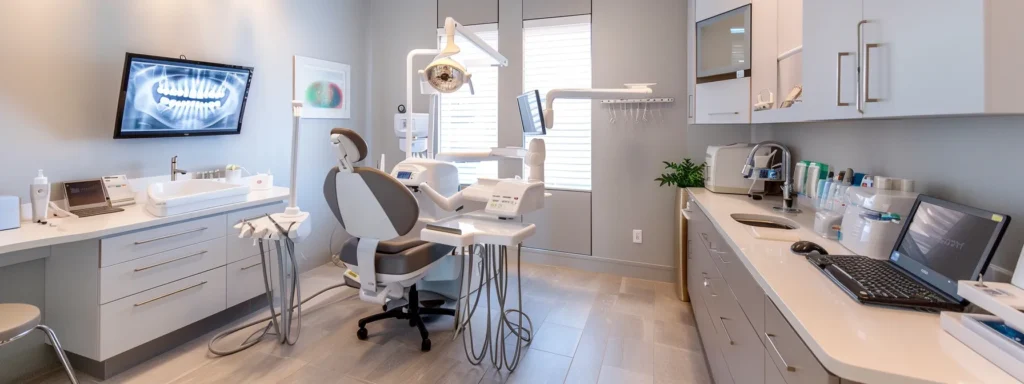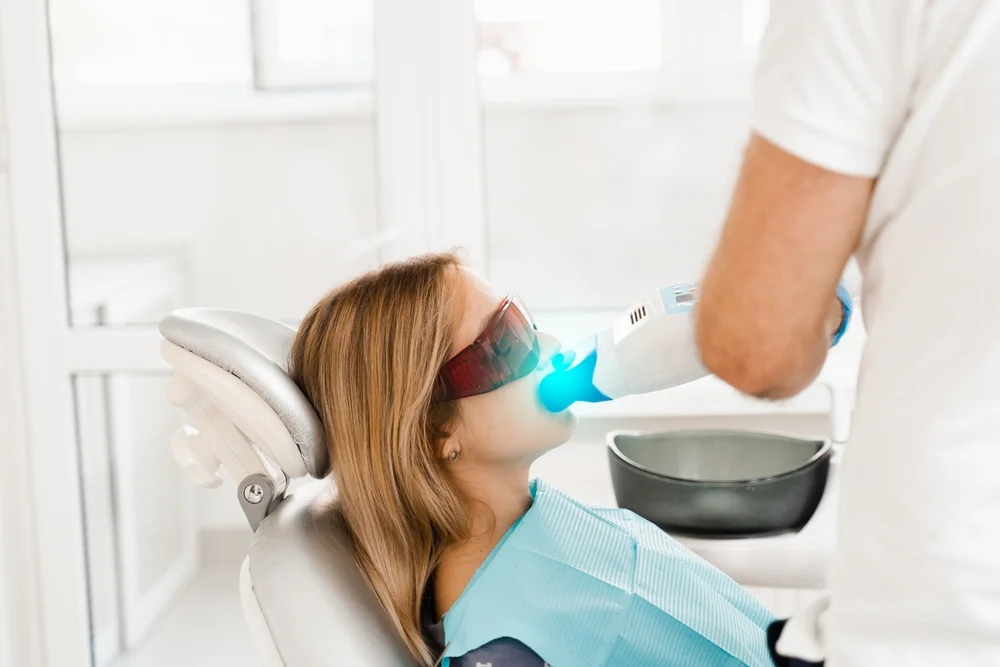You’ve probably noticed how everyone’s talking about natural teeth whitening these days. These aren’t just another passing trend. People genuinely want healthier alternatives to those harsh chemical treatments we’ve all heard about.
The thing is, exploring these natural methods means understanding what actually works and what’s just marketing hype. You need to know the real deal about their effectiveness and safety before diving in. Most importantly, you want to make sure these natural approaches actually complement your regular dental care instead of replacing it.
Here’s what’s really happening with natural whitening. While these methods give you more control and align with that whole green living movement, they simply cannot replace professional dental care. Think of them as helpful teammates, not star players.
The effectiveness varies wildly from person to person. Some folks see subtle improvements with oil pulling or baking soda, while others notice absolutely nothing. This unpredictability is exactly why you need professional guidance to navigate these options safely.
Understanding Common Misconceptions About Natural Whitening
Let’s clear up some major myths that are floating around out there. The biggest one? That naturally automatically equals safer. This simply isn’t true, and believing it could actually harm your teeth.
Take baking soda, for example. Everyone talks about its gentle whitening effects, but use it incorrectly and you’re looking at serious enamel damage over time. You need concrete information about risks and proper application for each natural remedy you’re considering.
Then there’s the whole efficacy thing. Many natural products make these dramatic claims about results, but where’s the solid scientific research backing them up? These claims often fall flat when put to the test.
The reality is that natural methods offer mild improvements at best. Managing your expectations is crucial here. You’re not going to get Hollywood white teeth from strawberries and baking soda, no matter what that blog post promised.
The Real Science Behind Teeth Staining and Natural Solutions
Understanding how teeth actually get stained helps you use natural whitening methods more effectively. Not all stains are created equal, and this matters more than you might think.
Surface stains from your daily coffee habit or that glass of red wine can sometimes respond to natural whiteners. Diluted hydrogen peroxide rinses or careful baking soda brushing might help here. But even these common remedies need to be used carefully to prevent unnecessary damage.
Intrinsic stains are a completely different beast. These deeper stains often come from medication side effects, trauma, or certain medical conditions. Natural methods simply cannot reach these deeper layers effectively.
Here’s the critical part that many people miss. Natural doesn’t mean risk free. Overusing abrasive substances or relying too heavily on acidic solutions can actually weaken your enamel. This makes your teeth more vulnerable to decay and sensitivity than they were before you started.
Separating Effectiveness Facts from Marketing Fiction
Time for some real talk about what natural whitening can and cannot do. The marketing around these methods often promises way more than they can deliver.
Natural solutions like activated charcoal or crushed strawberries might offer modest improvements for surface stains. However, their abrasive or acidic nature means you need to use them very cautiously. Even with natural methods, professional guidance helps prevent damage.
For deep set discoloration from aging or medications, natural whitening provides minimal change at best. These stubborn stains typically need professional treatments that use controlled substances to actually penetrate and lighten the tooth structure.
The smart approach positions natural methods as complementary to professional treatment, not replacements. Understanding this distinction helps you create realistic expectations while still incorporating natural elements into your routine.
Addressing Safety Concerns with Natural Methods
Let’s bust the myth that natural teeth whitening methods are automatically safe. Various natural substances can pose real risks if you don’t use them properly.
Abrasives like sea salt or baking soda can wear away enamel with regular use. This erosion leads to increased sensitivity and irreversible damage to your teeth’s protective outer layer. Learning proper dilution and frequency helps minimize these risks significantly.
Acidic ingredients like lemon juice or apple cider vinegar present another concern. While they might temporarily brighten your teeth, they can also weaken enamel and make teeth more vulnerable to decay. Most dental professionals recommend using these substances very sparingly, if at all.
Navigating the Regulatory Gap in Natural Products
The lack of strict regulation for natural whitening products makes consumer education absolutely critical. Understanding the reality helps you make better choices and avoid being misled by questionable claims.
Natural whitening products often escape the comprehensive testing required for traditional dental products. You need to critically evaluate claims and seek out products with credible validation from dental professionals.
Misleading marketing frequently exaggerates the benefits of natural products. Learning to identify evidence based information helps you distinguish between genuine efficacy and marketing hype. This creates a more discerning approach to product selection.

Strategic Integration of Natural and Professional Approaches
Creating a balanced approach means combining patient preferences with scientific research. This involves using natural methods carefully alongside professional treatments for both effectiveness and safety.
Consider your personal preferences without ignoring scientific validation. You might prefer natural treatments, but understanding what they can realistically achieve helps set proper expectations. Dental professionals excel at blending personal preferences with evidence based advice.
Using natural methods judiciously prevents damage from aggressive home remedies. Proper guidance on mild abrasives like diluted baking soda minimizes enamel erosion risk while still helping with stain removal.
Custom care plans become crucial for safe incorporation of natural whitening. These tailored approaches consider your unique dental history and current condition, creating personalized combinations of natural and clinical treatments.
Recognizing When Professional Intervention Becomes Necessary
Knowing when to transition from natural methods to professional treatments protects your dental health. Several clear indicators signal when advanced care becomes appropriate.
When natural methods produce minimal improvement over time, it suggests staining beyond their capacity. If baking soda or fruit peels show no noticeable change, professional treatments that address stubborn stains become necessary.
Signs of enamel wear like increased sensitivity or visible thinning require immediate professional consultation. Natural methods can be abrasive, and recognizing erosion early prevents serious complications.
Pursuing significantly brighter smiles often requires treatments reaching deeper tooth structures. When you want substantial enhancement, controlled professional methods provide the most effective and reliable results.
Professional Resources and Expert Guidance
Dental professionals have a responsibility to educate patients about all whitening options through detailed resources comparing natural and professional methods. This education highlights professional treatment benefits while emphasizing expert advice importance.
Understanding available natural whitening agents like activated charcoal or turmeric requires proper education. You need to know safe home usage and appropriate applications while understanding limitations and potential risks.
Professional treatments offer higher efficacy and safety through controlled application by trained practitioners. Advanced light activated gels or custom fitted trays provide more significant and lasting results than home methods.
Dentists bridge the gap between natural solution desires and professional care reliability. Comprehensive, objective views of all options enable informed decisions that best fit individual needs and expectations.
Proactive Oral Health Maintenance Strategies
Taking a proactive approach to oral health care maintains dental health and potentially reduces whitening treatment necessity. Preventive practices and regular maintenance preserve natural tooth whiteness.
Key preventive strategies include:
- Limiting intake of staining agents like coffee, tea, red wine, and certain fruits
- Maintaining consistent dental checkups for professional cleanings and early issue detection
- Following daily dental care routines with regular brushing and flossing
- Making dietary modifications that support overall oral health
Dietary habit modifications provide effective first line defense against discoloration. Limiting common staining agents keeps teeth naturally brighter while enhancing any whitening treatment effects.
Consistent professional cleanings remove plaque and surface stains before they set into enamel. Regular visits allow early detection and treatment of potential issues, preventing more extensive procedures later.
Best practices for long term success focus on:
- Creating sustainable daily oral hygiene routines
- Understanding which foods and beverages cause staining
- Scheduling regular professional maintenance appointments
- Monitoring changes in tooth color or sensitivity
- Seeking professional guidance before starting new whitening methods
These preventive measures create a holistic approach minimizing needs for both natural and professional whitening treatments. Combined strategies address root causes while maintaining optimal oral health.
Making Your Decision: A Balanced Perspective
The appeal of natural and organic teeth whitening options requires a well informed and careful approach. Understanding strengths and limitations maintains oral health without abandoning natural treatment preferences.
Natural whitening methods appeal to many for perceived safety and holistic lifestyle alignment, but they’re often less effective than professional procedures. These remedies can play a role in oral care routines, but shouldn’t replace professional advice and treatment plans.
Integrating natural options with professional treatments offers a compromise suiting growing organic product preferences. Dentists can recommend professionally supervised home whitening kits using natural ingredients, providing safe and effective options for naturally brightening smiles.
Your journey toward whiter teeth doesn’t have to be an either or decision. The best approach combines the natural methods you prefer with the professional oversight that keeps your teeth healthy. This balanced strategy gives you the confidence to pursue your brightest smile safely and effectively.
Book Your Consultation Today!
Dr. Bethaney B. Brenner DMD
8 Milford St, Burlington, CT 06013
Frequently Asked Questions
Are natural teeth whitening methods actually effective?
Natural methods can help with minor surface stains, but they generally don’t offer the dramatic, long lasting results that professional treatments provide. Think of them as helpful additions to your oral care routine rather than standalone solutions for significant whitening.
Is natural teeth whitening automatically safer than professional whitening?
Not necessarily. Natural doesn’t always mean safe, especially when substances are used incorrectly. Some natural whitening methods can damage enamel if overused. Professional whitening performed by dentists includes safety monitoring to protect your teeth throughout the process.
Can I rely completely on natural whitening methods for my teeth?
While natural methods work well for minor improvements, they should complement rather than replace professional dental care. Relying solely on natural methods might miss deeper discoloration issues and other oral health concerns that only dental professionals can properly address and treat.




